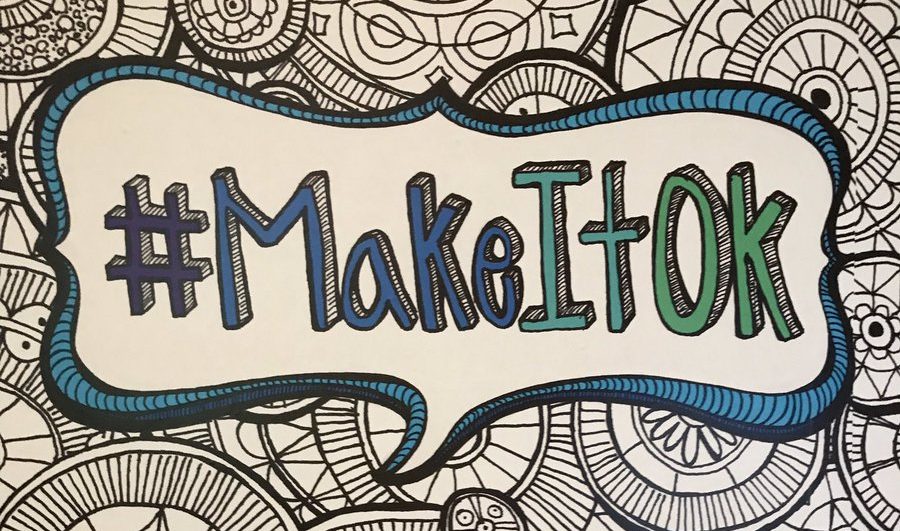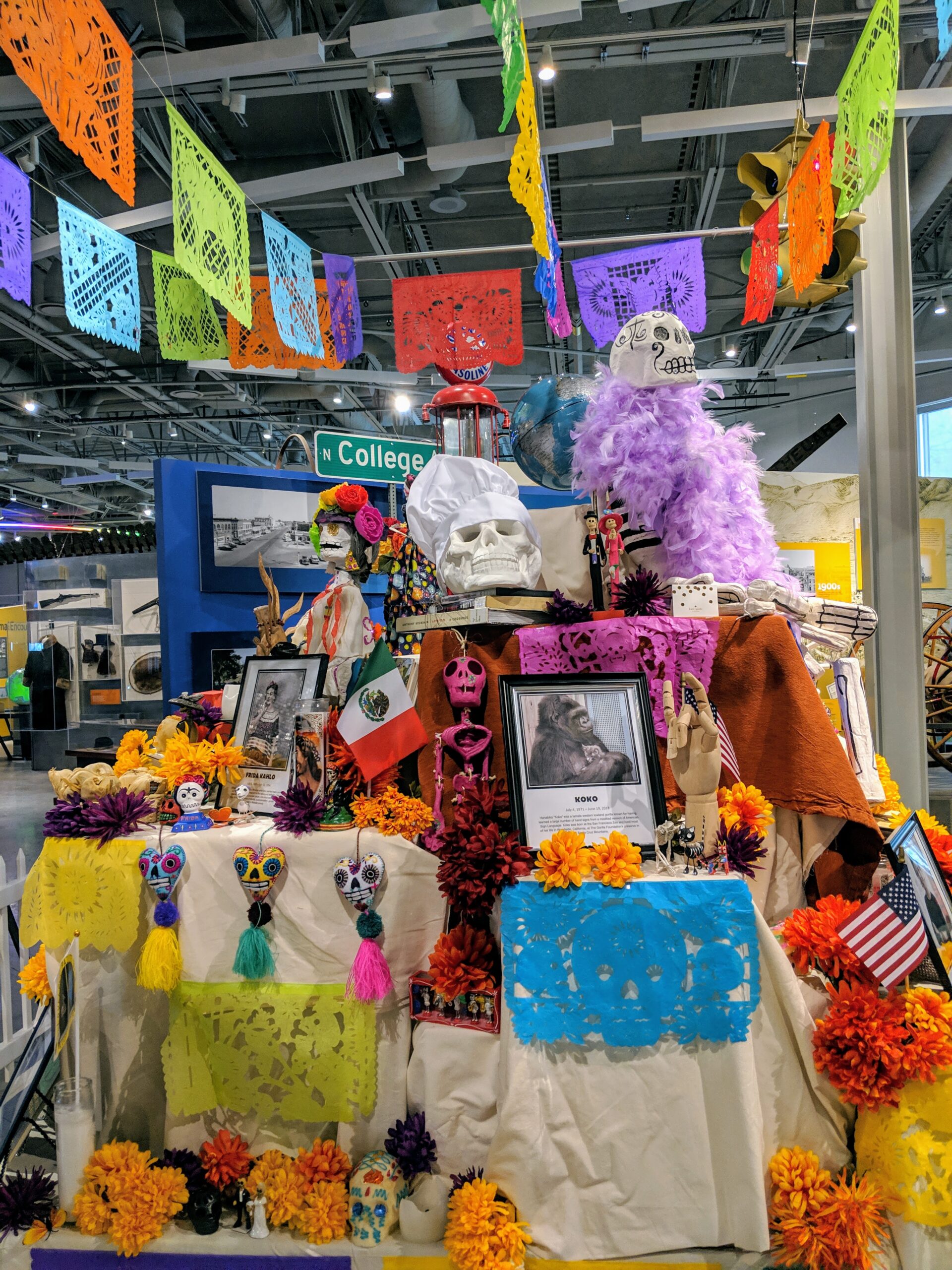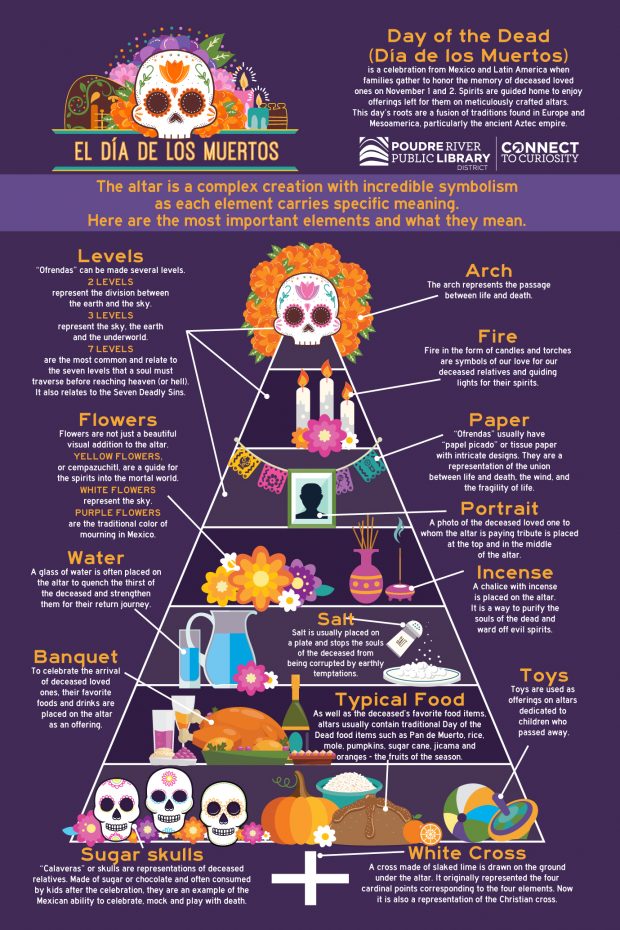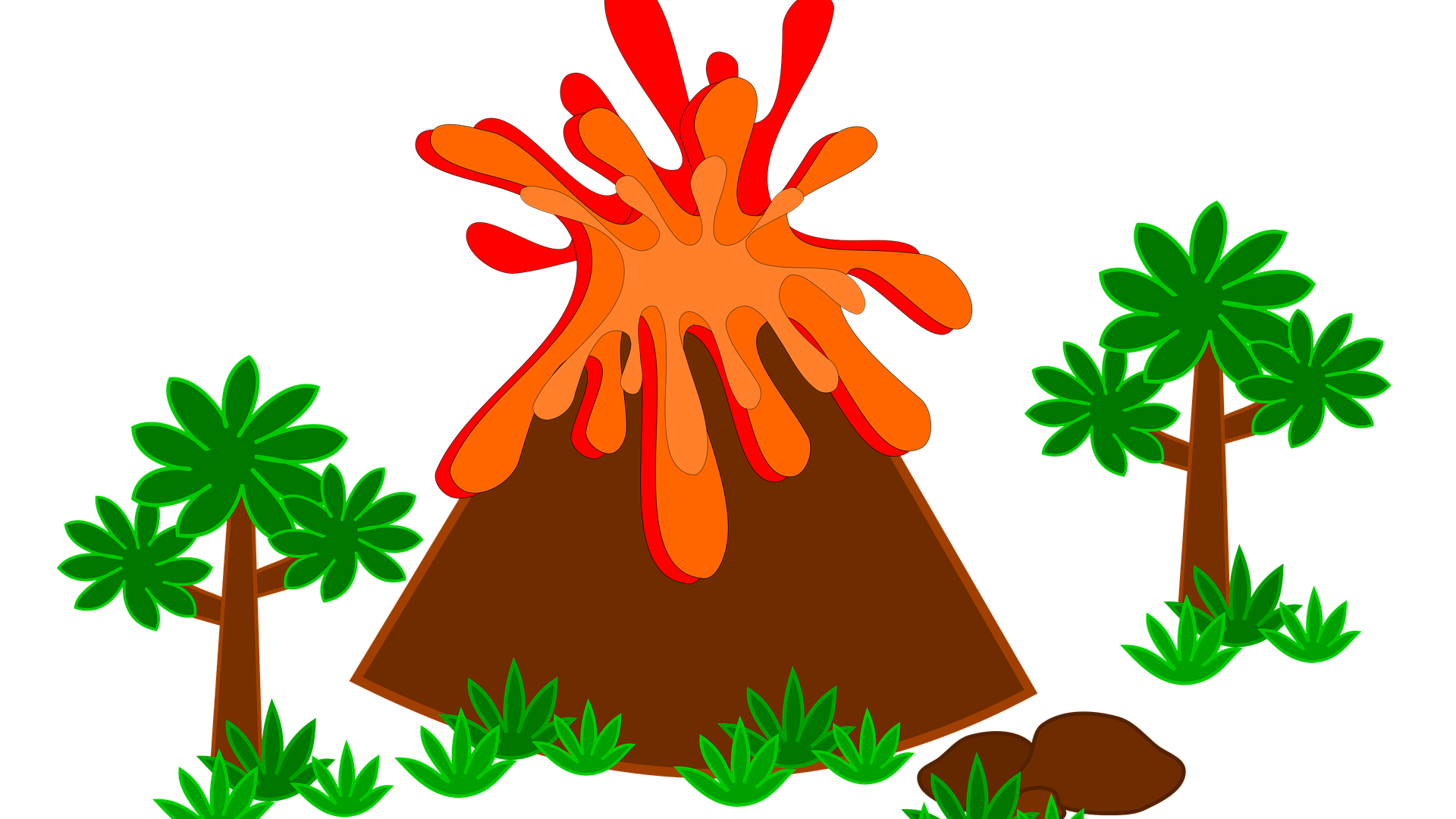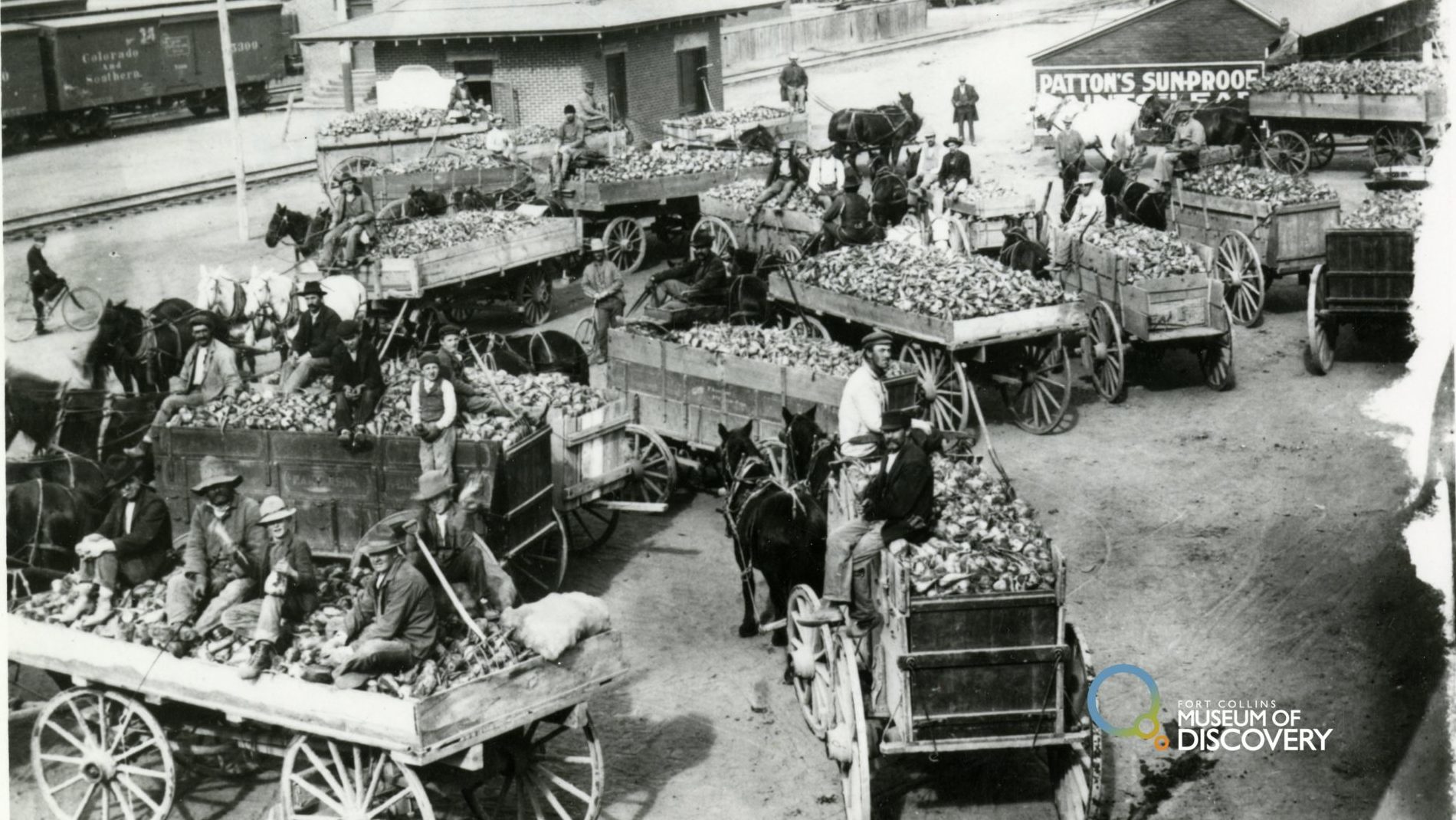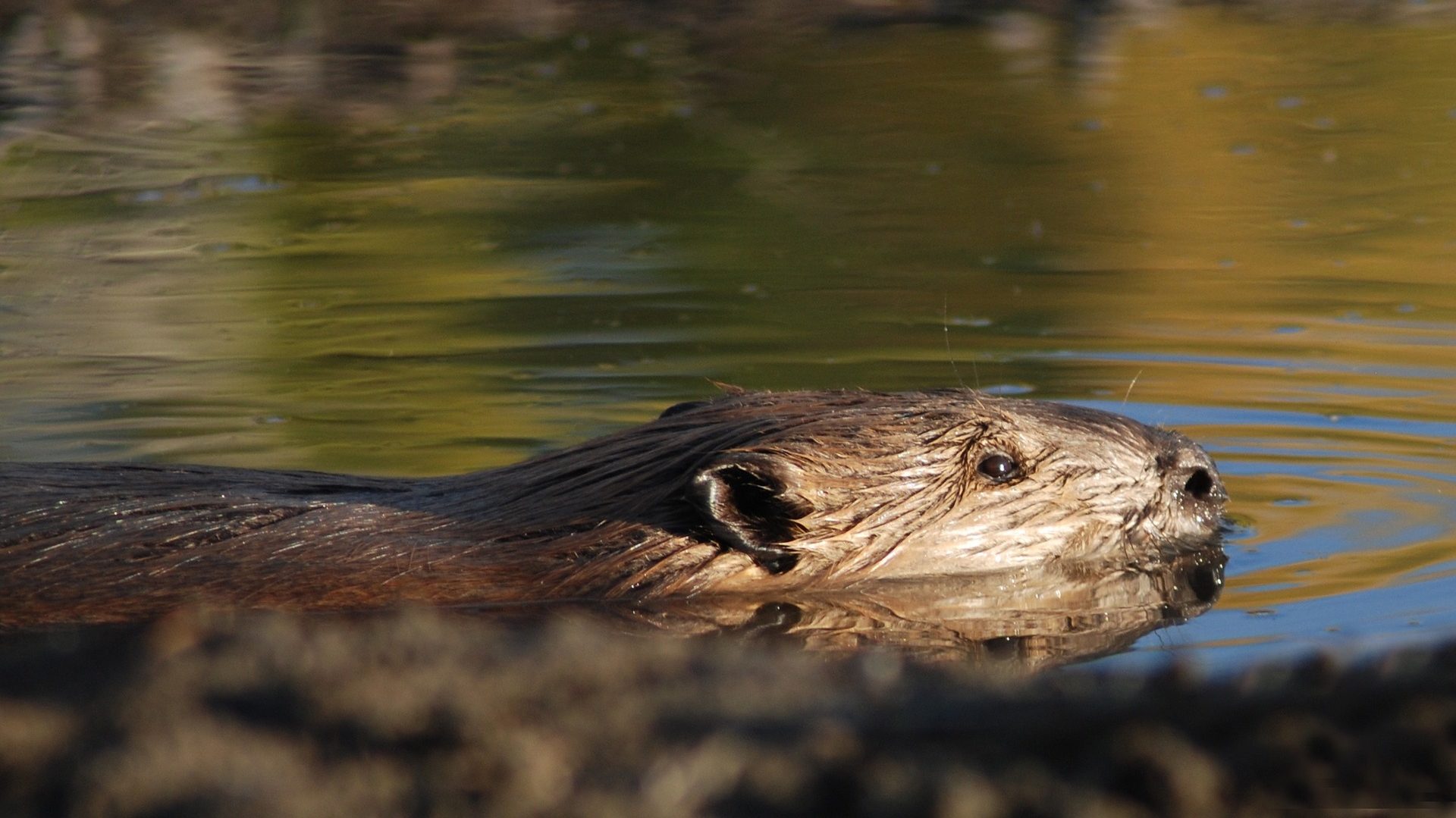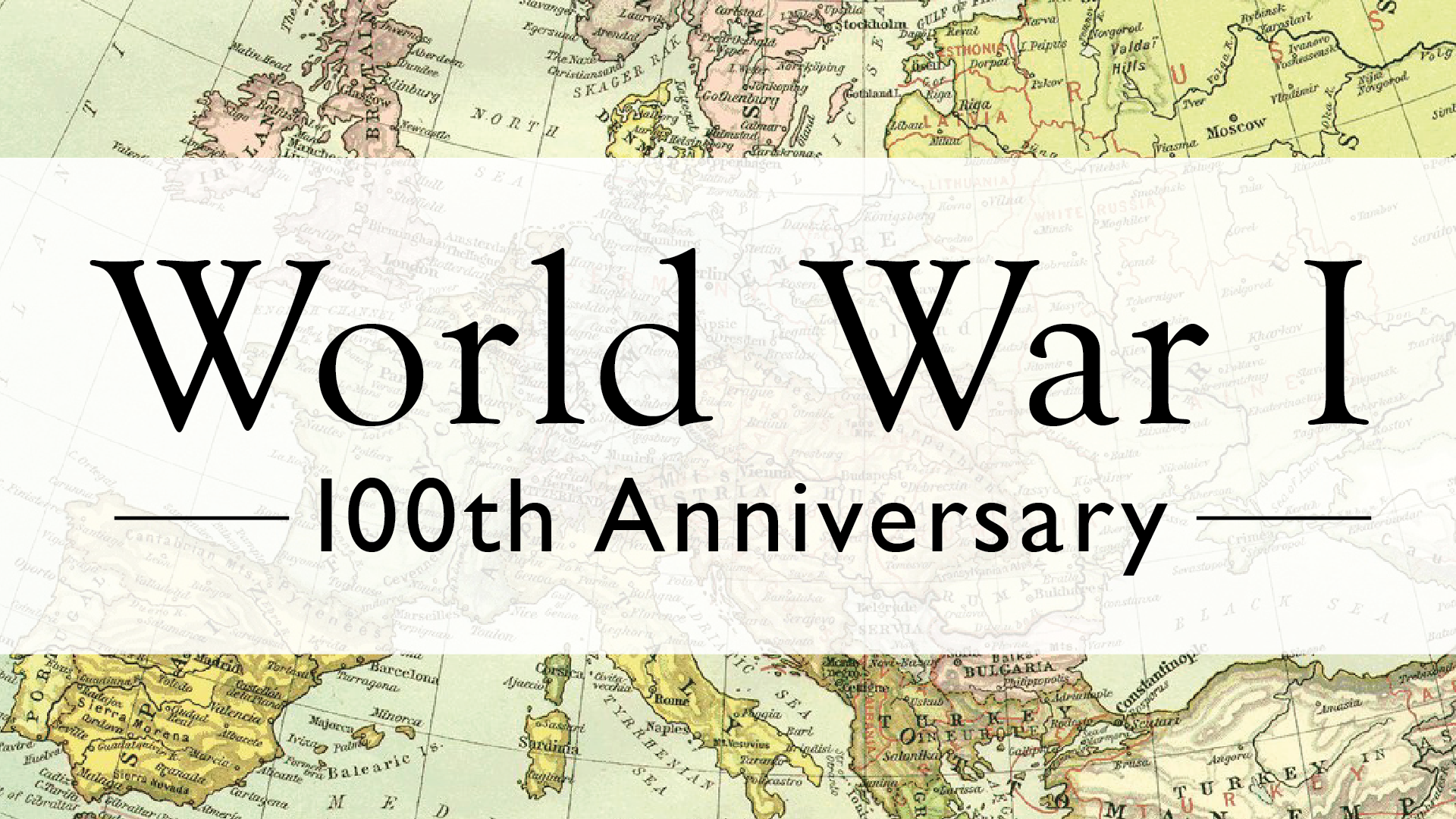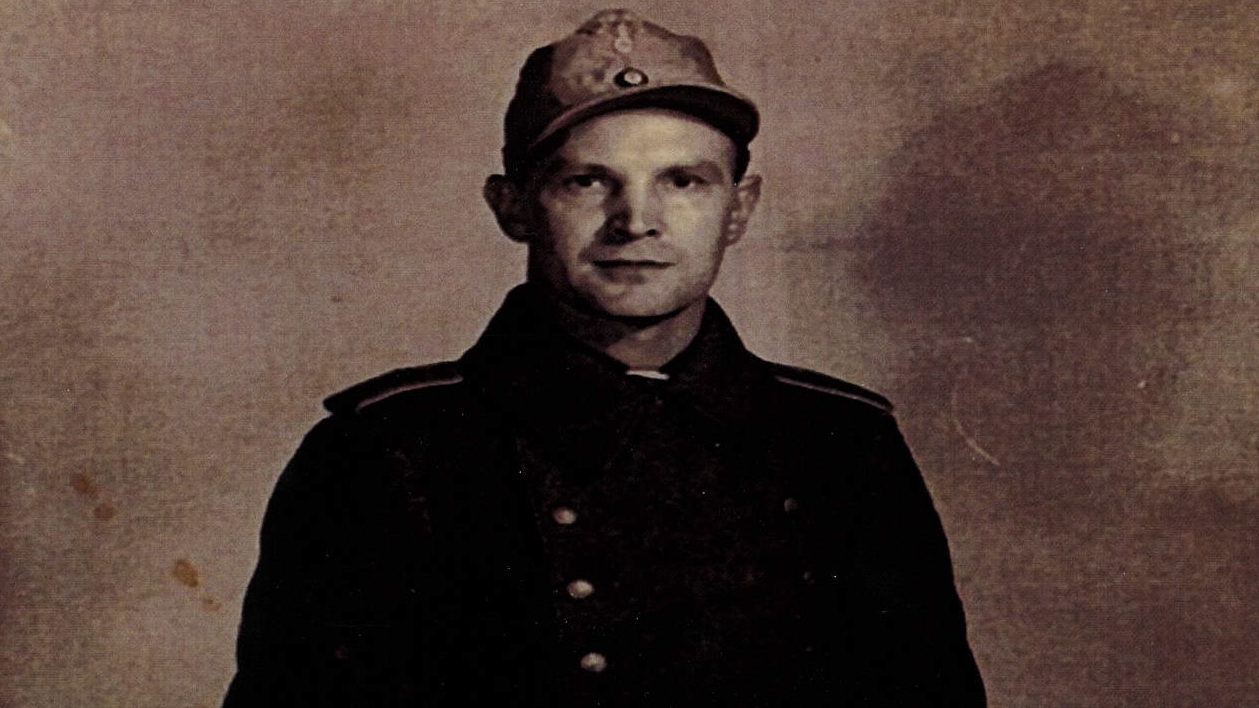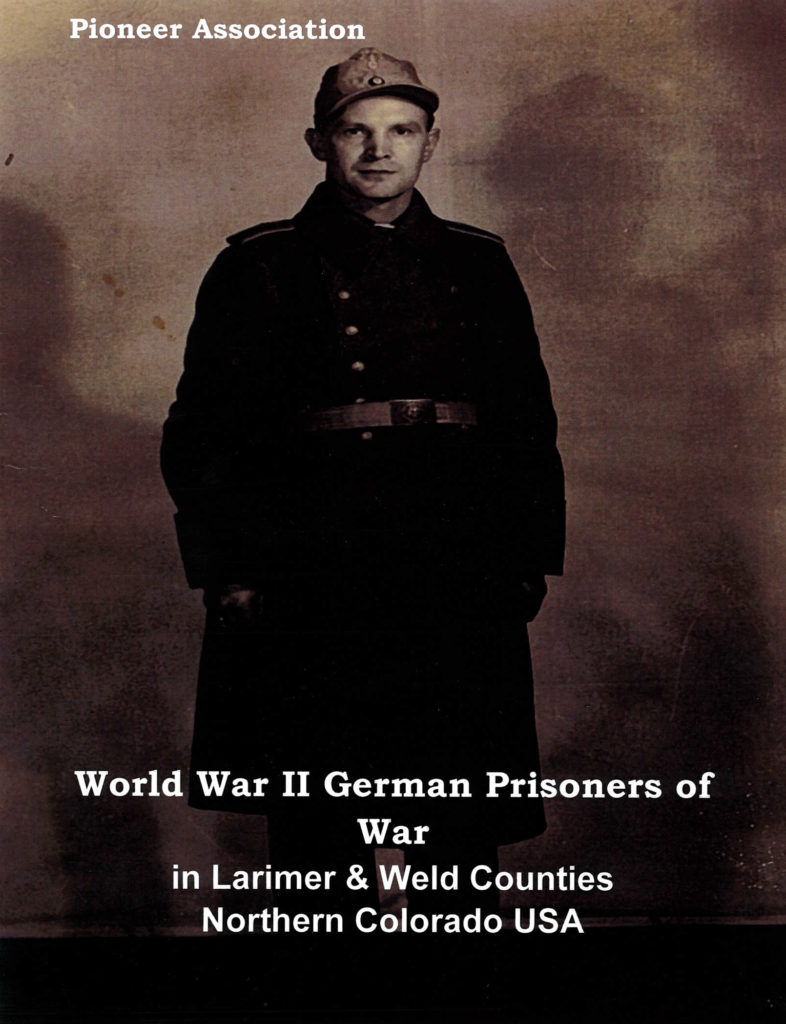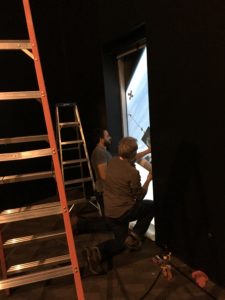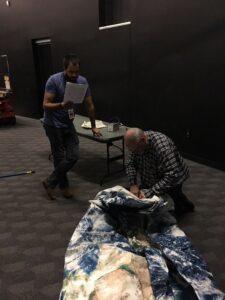Written by Carl Nassar, President of Heart Centered Counseling
Mindful Mondays: The Best Life-Saving “Drug” I Found
Therapy saved my life. That wouldn’t come as a surprise to you if video footage of my childhood was available for you to view.
The screen would zoom in on a boy whose constant companion was loneliness. A boy whose imaginary friend Bucky tried valiantly, but without success, to fill the relational void. You’d discover a boy attending a religious elementary school promoting the fear of God over the love of God, and a fear of the world rather than a love for it.
In therapy, I came to understand how my past was shaping my future (Freud called it “the transference of everyday life,” and Berne labeled it “replaying your life script”). I learned how my scared-ness was trampling over my vitality (Perlz called it the “dilemma of secondary Gestalts”). I learned what it looked like to open my heart, first to my own pain, as something to go through (and not around), and then to the world, as a way to lean in (instead of leaning out).
I loved therapy. It helped me to reclaim my excitement and energy for life. It also gave me my voice. That love grew into a professional desire to become a therapist myself. I wanted to help good people realize that they no longer needed to simply get by in this life, but rather to discover and learn to thrive. I wanted to help others work through the traumas (of childhood and later life) to become the people they’re meant to be—to find their voice in the world and to use it to express all of who they are, in its endless unfolding.
After 20 years in the field, I’m more convinced than ever that the popular song from 1965 speaks a profound truth, “What the world needs now is love, sweet love…” and, while not in the song, I might add a line about therapy being a beautiful way to discover that love within ourselves.
I’m more convinced now than ever that each of us can become the hope we long to see in the world. I believe this so much that I created a video series called “What if a Therapist Reported the News?” It’s my way of helping people break free from the paralysis of waiting for the news to change, and instead encouraging each one of us to find the courage—in how we live our everyday lives—to take the small steps that allow us to create the news we’re waiting for.
As we come to the end of our time together in this blog post, I want to share my gratitude for you…not only for taking the time to read this, but for each small act of courage—each small step toward kindness—you show in your everyday life. Because one final lesson therapy taught me was that each us matter far more than we image, and each small act adds up to create a new world, even if we don’t see its dawning quite yet.
Carl Nassar is known differently to different people. To some, he’s a professional counselor offering a safe space to reclaim hope and tenderness. To others he’s the president of Heart Centered Counseling, supporting a team of 250 providers that together provide access to a counseling and psychiatric care throughout Colorado (www.heartcenteredcounselors.com). And to those who find his YouTube channel (https://www.youtube.com/channel/UCW3MmwKez76a51rQRp17qwQ/), Carl offers a thoughtful and inspiring answer to the question What if a Therapist Reported the News?
To stay informed on the latest Mental Health: Mind Matters programs and experiences, visit the Mind Matters webpage and follow us on Facebook, Instagram, Twitter. Don’t forget to tag us in your experiences when you visit the museum to help us #MakeItOk.
We look forward to welcoming you to FCMoD to experience this amazing exhibit!
Continue Reading
